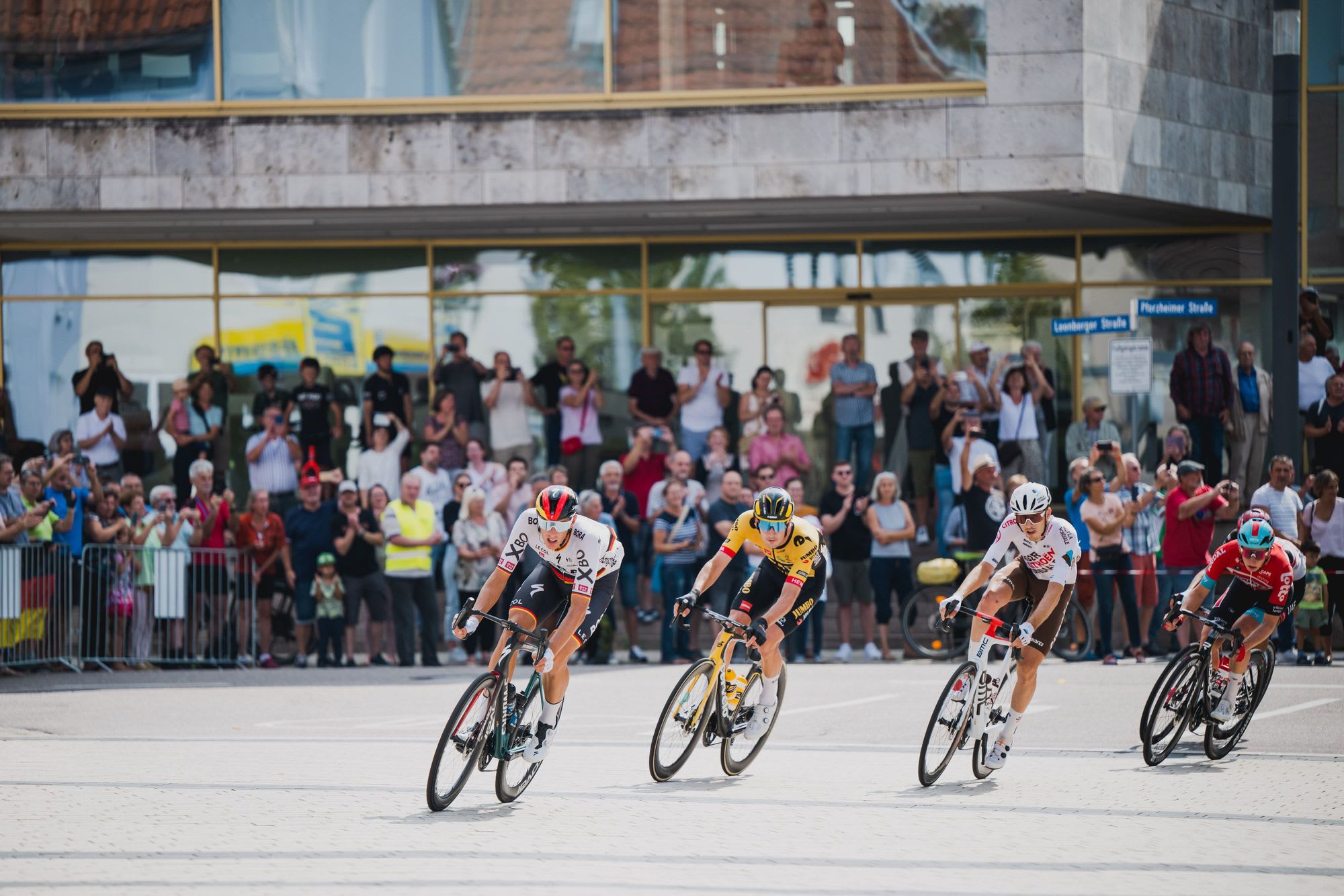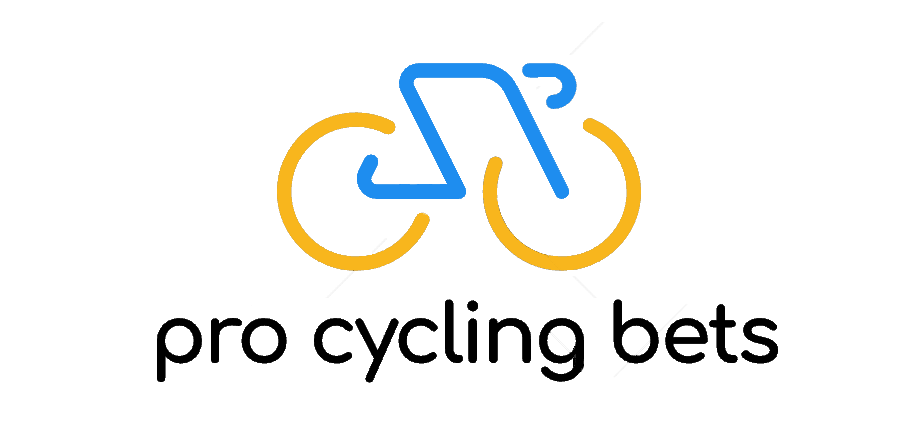What's the 3km rule in cycling?

The 3km rule exists to make the finish of races less risky for general classification riders and for their to be less pressure to fight and tussle for a specific position in the sprint. It was implemented as a safety measure assuming it would decrease the risks riders took over certain sections of the finish, say a complicated turn or complex piece of race furniture to finish with the bunch.
It stipulates that any riders who faces an accident, flat, or malfunction in the final three kilometres of the race will receive the same time as the other bunch riders who were with them at the time of the incident.
The riders are attributed this ranking only upon crossing the finish line. If after a fall, it is impossible for a rider to cross the finish line, they are credited with last in the stage and the time of the rider or riders he was with at the time of the incident.
The 3km rule is applied on a stage-by-stage basis and not all stages have the stipulation. Mountain stages are typically not given the stipulation given the GC considerations that come into play on these stages. Teams are often duking it out on mountain stages and the time bonuses that develop are critical to cycling overall as an interesting sport to watch. There is also less risk on mountain top finishes and generally less rational for the 3km to exist, and hence it often doesn’t.
The rule is intended to increase the safety of bunch finishes, such that a rider can let a gap occur and not be as concerned about every last second. It’s intended as a safety measure so that riders caught by misfortune in the final moments of a race did not stand to lose everything. Imagine if sprinters are fighting for the win but crash. This may leave riders caught behind the pile-up and penalizes those riders through no fault of their own.
The rule can be gamed - it’s common for a rider that punctures with four kilometres to go to plough on stoically only to suddenly make a big deal of the puncture once the three kilometre sign has been passed. The rule states the problem has to be “duly recognized” and TV images can help establish events. This is why stage results in big races can be issued on a provisional basis and it takes a while to establish what happened during the final three kilometres.
